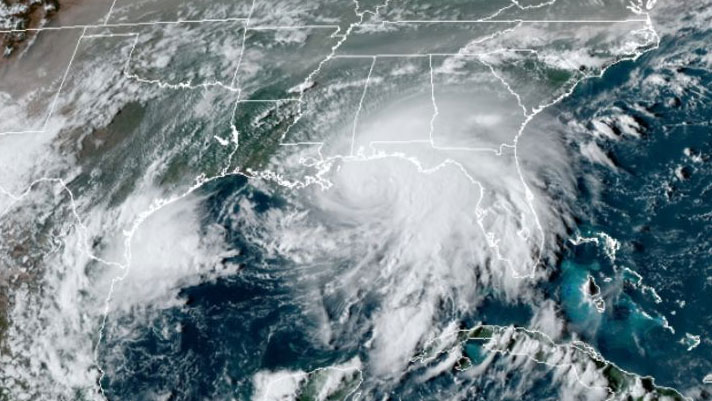Southern Company Gas intern learns through hands-on experience
On August 21, the moon will pass in front of the sun, producing a total solar eclipse. The solar energy industry, including Southern Power’s solar fleet, has been planning for months for the effects of this phenomenon so it can continue to provide clean, safe and reliable energy to customers across the country.
The 2017 solar eclipse will cross the entire U.S. for the first time in almost 40 years, and all 50 states will have the opportunity to see some variation of a partial eclipse. Fourteen states lie in the path of the total eclipse, which will first be seen in Oregon and will be visible for nearly three hours as it travels all the way to South Carolina.
Even though the sun will only be blocked for a short time, the solar industry is preparing for the eclipse’s effects. California and North Carolina have the two highest amounts of solar capacity in the U.S. and include 13 of Southern Power’s 27 solar facilities. Most of California will see a partial eclipse with approximately 50-70 percent of the sun blocked by the moon, while North Carolina will see 90-100 percent of the eclipse. At Southern Power’s Rutherford Solar Farm in North Carolina, the moon will obscure nearly 98 percent of the sun overhead.
Although the eclipse will be a major test for the solar industry, developers, operators and providers are confident that customers will not notice any major changes.
Solar Operations and Maintenance Engineer Andrew deRussy says Southern Power’s solar facilities will operate normally during the eclipse. During the time the sun is blocked overhead, the facilities will behave similarly to how they respond to a heavily overcast day.
“While we do not control the load, our customers may request their consumers to limit their electricity use. California did request their consumers to limit electricity use during the eclipse,” deRussy said. “As of now, our customers have not asked us to curtail our solar facilities in advance. However, all facilities are available to respond to any curtailment order, just the same as any normal day.”
Southern Power is also poised to help fill the gap in decreased solar generation during the eclipse. The company’s two North Carolina natural gas facilities – Plants Cleveland and Rowan – may be called upon to help provide electricity while the state’s solar fleet dips.
Southern Power owns 27 solar facilities in six states capable of producing more than 1,700 megawatts of solar generating capacity.

